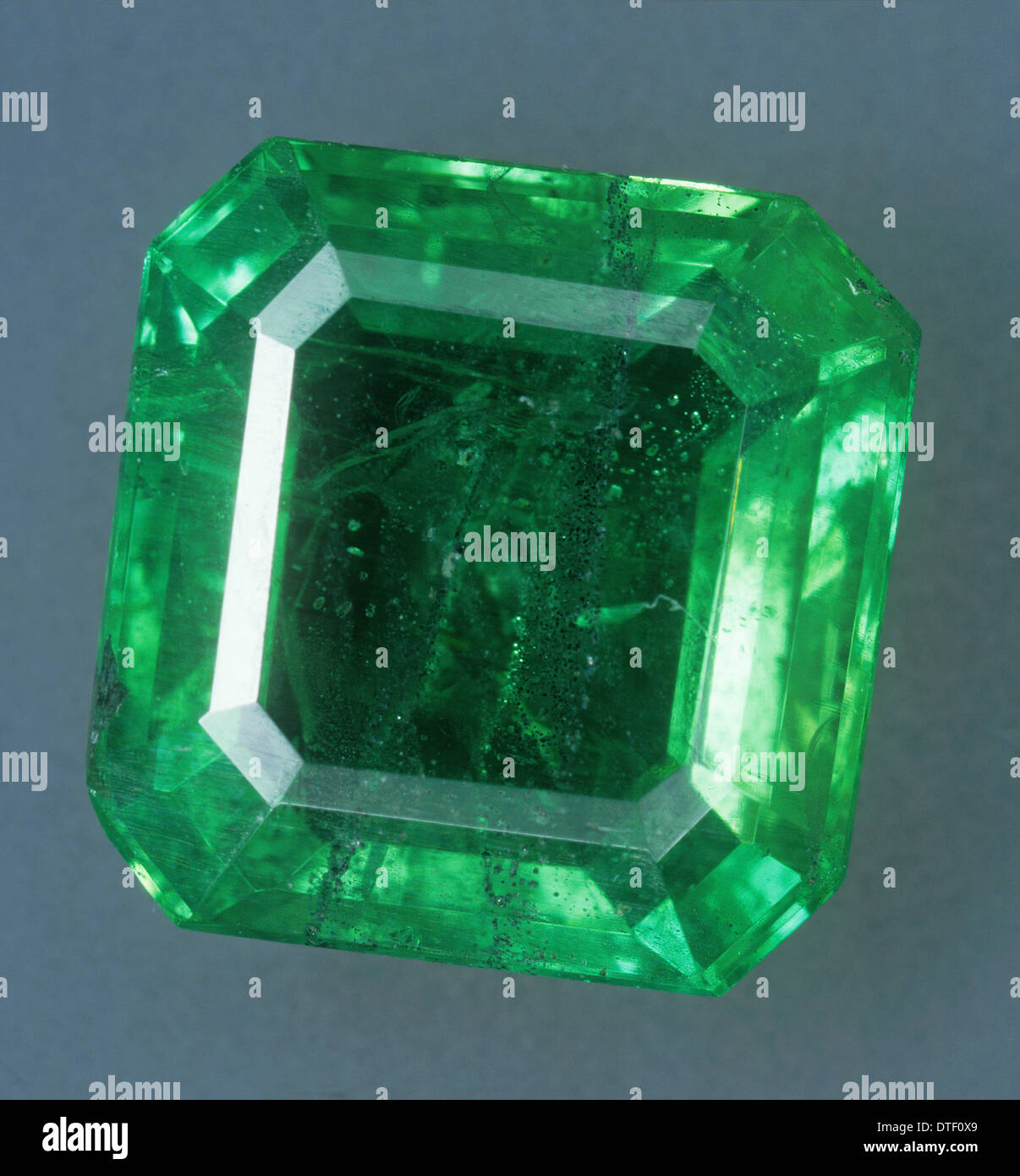Let’s talk about magnesium iron silicate hydroxide, the unsung hero of the mineral world. If you’re scratching your head right now, don’t worry—you’re not alone. This fascinating compound might sound like something out of a sci-fi movie, but it’s actually pretty common in nature. It’s a mineral that plays a key role in geology, environmental science, and even industrial applications. So, buckle up because we’re diving deep into this mysterious substance!
Now, why should you care? Well, magnesium iron silicate hydroxide isn’t just some random mineral. It’s part of a larger family of minerals called amphiboles, and it has some pretty cool properties. Whether you’re into rocks, sustainability, or just plain old curiosity, this article is here to break it down for you. We’ll explore what it is, where it comes from, and why it matters.
And here’s the kicker—it’s not all about the science. Understanding magnesium iron silicate hydroxide can help us make better decisions about our environment, resources, and even our health. So, whether you’re a rock enthusiast, a science nerd, or just someone who wants to learn something new today, this article’s got you covered.
- Nathan Fillion Height The Inside Scoop Yoursquove Been Waiting For
- Brian Kilmeade Salary 2024 The Real Deal Behind The Numbers
What Exactly Is Magnesium Iron Silicate Hydroxide?
Alright, let’s start with the basics. Magnesium iron silicate hydroxide is a type of mineral that belongs to the amphibole group. Now, if you’re thinking, “Amphibole? What’s that?” don’t stress. Amphiboles are a family of minerals that share similar chemical compositions and structures. They’re usually made up of silicate chains with various metals like magnesium, iron, calcium, and aluminum thrown into the mix.
This particular mineral is composed of magnesium, iron, silicon, oxygen, and hydroxide ions. That’s a mouthful, right? But here’s the deal: these elements combine in a way that gives magnesium iron silicate hydroxide its unique properties. For one, it’s often found in metamorphic and igneous rocks, meaning it forms under extreme heat and pressure. Cool, huh?
Why Is It Important?
Here’s the thing about magnesium iron silicate hydroxide—it’s more than just a pretty rock. This mineral plays a crucial role in the Earth’s crust. It helps us understand how rocks form and transform over time. Plus, it’s used in various industries, from construction to environmental remediation. In fact, some forms of this mineral are even being studied for their ability to absorb harmful pollutants from water and soil.
- Metropcs Payment Online Free Your Ultimate Guide To Simplify Your Life
- Practical Nursing Nyc Your Ultimate Guide To Pursuing A Rewarding Career
Let’s break it down:
- Geological Significance: Magnesium iron silicate hydroxide is a key player in understanding the Earth’s tectonic processes.
- Environmental Impact: Its ability to interact with water and chemicals makes it valuable for cleaning up contaminated sites.
- Industrial Uses: From building materials to insulation, this mineral has a lot of practical applications.
Where Does Magnesium Iron Silicate Hydroxide Come From?
So, where do we find this magical mineral? Well, magnesium iron silicate hydroxide is typically found in metamorphic and igneous rocks. Think about places like mountain ranges, volcanic regions, or ancient seabeds. These environments provide the perfect conditions for this mineral to form.
Here’s a fun fact: the conditions required to create magnesium iron silicate hydroxide are pretty extreme. We’re talking temperatures that could melt steel and pressures that could crush a submarine. But hey, that’s what makes it so fascinating. It’s like nature’s way of saying, “Yeah, I can handle anything.”
Top Locations for Discovery
While this mineral can be found all over the world, some regions are particularly rich in magnesium iron silicate hydroxide. Let’s take a look at a few:
- California, USA: Known for its diverse geological formations, California is a hotspot for this mineral.
- South Africa: With its vast mineral wealth, South Africa is another major player in the world of magnesium iron silicate hydroxide.
- Sweden: Believe it or not, Sweden has some of the most well-preserved deposits of this mineral, thanks to its stable geological history.
How Is Magnesium Iron Silicate Hydroxide Formed?
The formation of magnesium iron silicate hydroxide is a complex process that involves a lot of heat, pressure, and time. Think of it like baking a cake, but instead of flour and sugar, you’ve got magma and minerals. Here’s how it goes down:
First, you need the right ingredients. That means a mix of magnesium, iron, silicon, and oxygen. Then, you need the right conditions. High temperatures and pressures cause these elements to bond together in a specific way, forming the crystal structure that defines magnesium iron silicate hydroxide.
And here’s the kicker—it’s not a quick process. We’re talking millions of years for this mineral to form. But hey, good things come to those who wait, right?
The Role of Metamorphism
Metamorphism is a fancy word for the process where rocks change form under extreme conditions. It’s kind of like when you put a piece of clay in the oven and it turns into pottery. For magnesium iron silicate hydroxide, metamorphism is crucial. Without it, this mineral wouldn’t exist.
What Are the Properties of Magnesium Iron Silicate Hydroxide?
Now that we know what it is and how it forms, let’s talk about what makes magnesium iron silicate hydroxide so special. This mineral has a bunch of unique properties that make it stand out in the world of geology.
For starters, it’s pretty tough. Magnesium iron silicate hydroxide ranks pretty high on the Mohs scale of mineral hardness, which means it can withstand a lot of wear and tear. It’s also got a distinctive color, ranging from green to black, depending on its composition. And let’s not forget its ability to interact with water and chemicals, which makes it super useful in environmental applications.
Key Properties at a Glance
- Hardness: Ranks between 5 and 6 on the Mohs scale.
- Color: Typically green, brown, or black.
- Crystal Structure: Monoclinic, which gives it a unique appearance.
- Chemical Reactivity: Can absorb and neutralize harmful substances.
Applications of Magnesium Iron Silicate Hydroxide
Alright, so we know what it is and what it looks like, but what can magnesium iron silicate hydroxide actually do? Turns out, this mineral has a ton of practical applications across different industries. Here are a few:
First up, construction. Magnesium iron silicate hydroxide is often used in building materials because of its strength and durability. It’s also great for insulation, keeping homes warm in the winter and cool in the summer.
Then there’s environmental remediation. This mineral’s ability to absorb pollutants makes it perfect for cleaning up contaminated sites. Imagine a world where we could use natural minerals to solve some of our biggest environmental problems. Sounds pretty awesome, right?
Emerging Uses in Technology
But wait, there’s more! Researchers are currently exploring new ways to use magnesium iron silicate hydroxide in technology. For example, it could be used in batteries or even in water purification systems. The possibilities are endless!
Challenges and Controversies
Of course, no mineral is without its challenges. While magnesium iron silicate hydroxide has a lot of potential, there are also some concerns to consider. For one, mining this mineral can have environmental impacts. It’s important to balance the benefits with the costs.
There’s also the issue of sustainability. As we continue to use more and more natural resources, it’s crucial that we find ways to do so responsibly. That means investing in research and development to make sure we’re using magnesium iron silicate hydroxide in the most efficient and eco-friendly way possible.
The Future of Mineral Use
Looking ahead, the future of magnesium iron silicate hydroxide looks bright. With advancements in technology and a growing focus on sustainability, this mineral could play an even bigger role in shaping our world. But it’s up to us to make sure we use it wisely.
Conclusion: Why Magnesium Iron Silicate Hydroxide Matters
So, there you have it—the lowdown on magnesium iron silicate hydroxide. From its formation in the depths of the Earth to its applications in modern technology, this mineral is truly remarkable. It’s a reminder of the incredible complexity and beauty of the natural world.
Now, here’s the thing: understanding magnesium iron silicate hydroxide isn’t just about science. It’s about making informed decisions about our environment, resources, and future. So, the next time you see a rock, take a moment to appreciate the story it might be telling. And who knows? Maybe that rock contains a little bit of magnesium iron silicate hydroxide.
So, what’s next? Well, why not leave a comment and let me know what you think? Or share this article with a friend who might find it interesting. And if you’re really into rocks and minerals, check out some of my other articles on the subject. Happy exploring!
Table of Contents
- What Exactly Is Magnesium Iron Silicate Hydroxide?
- Where Does Magnesium Iron Silicate Hydroxide Come From?
- How Is Magnesium Iron Silicate Hydroxide Formed?
- What Are the Properties of Magnesium Iron Silicate Hydroxide?
- Applications of Magnesium Iron Silicate Hydroxide
- Challenges and Controversies



Detail Author:
- Name : Dr. Casey Lehner
- Username : gweimann
- Email : jaylen.hauck@murphy.com
- Birthdate : 1986-07-11
- Address : 436 Ellen Expressway Octaviaborough, MS 50815-1083
- Phone : 217.713.6581
- Company : Fisher-Hayes
- Job : Bicycle Repairer
- Bio : Et sit fuga qui reiciendis est voluptatem. Aperiam ullam laborum illum non dignissimos. Dolor illum ratione quas. Sed et ipsam eius qui.
Socials
instagram:
- url : https://instagram.com/terry1984
- username : terry1984
- bio : Ut iure voluptate iste iure delectus tenetur. Rerum voluptatem quis odio maiores.
- followers : 4803
- following : 2400
twitter:
- url : https://twitter.com/alexandria_id
- username : alexandria_id
- bio : Et eveniet iste velit ea. Accusamus consequatur nobis vel voluptatem et odio nisi. In et nam ea maxime.
- followers : 2624
- following : 2940
tiktok:
- url : https://tiktok.com/@alexandria.terry
- username : alexandria.terry
- bio : Consequuntur et debitis sit inventore. Pariatur blanditiis et error rerum.
- followers : 5617
- following : 990